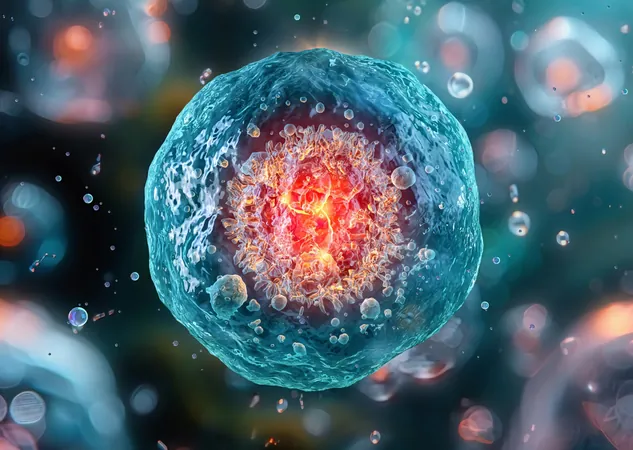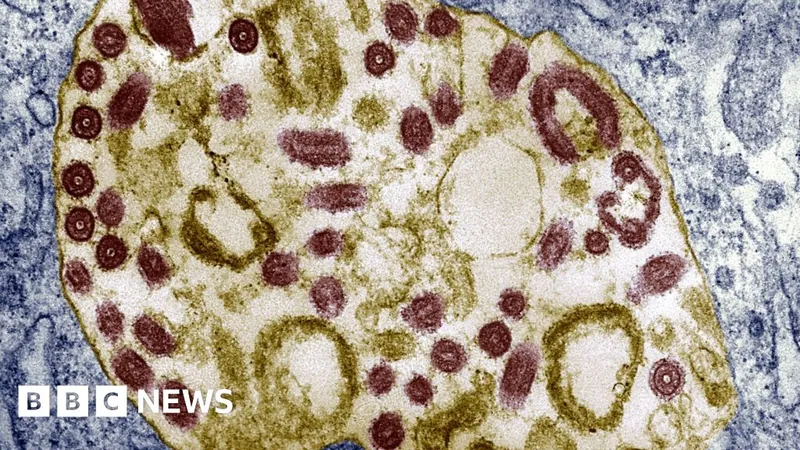
Scientists Discover "Pause Button" for Human Embryonic Development—What It Means for the Future of Reproductive Medicine
2024-09-29
What is Embryonic Diapause?
A phenomenon observed in certain mammals, known as "embryonic diapause," allows for the pausing of embryonic development, effectively delaying implantation into the uterus. This occurs typically at the blastocyst stage, where the embryo remains in a dormant state, floating free in the uterus—sometimes for weeks or even months—until environmental conditions are optimal for growth. While studies have long suggested that other species could trigger this state, the question lingered: can human cells respond to similar embryonic signals?
Significant Breakthrough in Human Research
Recent research conducted by a team at the Max Planck Institute for Molecular Genetics and the Institute of Molecular Biotechnology (IMBA) has unveiled that the molecular pathways involved in embryonic diapause are indeed operative in human stem cells. The scientists, led by Aydan Bulut-Karslıoğlu and Nicolas Rivron, used advanced stem cell models called blastoids instead of human embryos, maintaining ethical standards without sacrificing scientific integrity.
The pivotal finding was that modulation of the mTOR signaling pathway could instigate a diapause-like state in human cells. This pathway, a crucial regulator of cell growth and development, when inhibited, initiated a developmental delay akin to diapause, marked by reduced cell division and decreased potential for implantation.
Implications for Reproductive Technology and Fertility Preservation
This innovative pause mechanism offers immense potential for advancements in reproductive medicine. By strategically controlling the timing of embryo implantation, scientists could dramatically improve implantation success rates in IVF, making it an invaluable resource for couples facing fertility challenges.
Furthermore, this discovery could play a crucial role in preserving fertility among cancer patients undergoing treatments that jeopardize reproductive health. By utilizing this pause button, physicians might be able to protect and extend reproductive options for individuals at risk of infertility due to medical interventions.
Navigating Ethical Questions
As with any significant scientific advancement, the ability to manipulate embryonic development brings forth important ethical considerations. The implications of using this pause mechanism require careful analysis to address safety concerns and long-term effects on embryos and future generations. Open dialogues among scientists, ethicists, and policymakers are necessary to ensure that these technologies are applied responsibly and ethically.
Transforming Our Understanding of Human Development
This research not only provides insights into how human cells interact with their development environment but also highlights the potential for enhancing reproductive health through scientific innovation.
The implications are both exciting and complex. As we learn more about harnessing these controls in early development, we may be on the verge of significant breakthroughs that improve reproductive health outcomes globally, ultimately allowing science to better align with individual needs and societal values.
Details of this transformative study were published in the prestigious journal *Cell*, marking a significant milestone in the field of reproductive biotechnology. Could this be the dawn of a new era in human development science? Only time will reveal the full extent of these findings.
Stay informed and engaged with the latest developments in reproductive science!




 Brasil (PT)
Brasil (PT)
 Canada (EN)
Canada (EN)
 Chile (ES)
Chile (ES)
 España (ES)
España (ES)
 France (FR)
France (FR)
 Hong Kong (EN)
Hong Kong (EN)
 Italia (IT)
Italia (IT)
 日本 (JA)
日本 (JA)
 Magyarország (HU)
Magyarország (HU)
 Norge (NO)
Norge (NO)
 Polska (PL)
Polska (PL)
 Schweiz (DE)
Schweiz (DE)
 Singapore (EN)
Singapore (EN)
 Sverige (SV)
Sverige (SV)
 Suomi (FI)
Suomi (FI)
 Türkiye (TR)
Türkiye (TR)